Taekwondo is an individual sport that is almost always practiced as a group. This often seems a bit contradictory to coaches and enthusiasts of other sports, but when you think about it further, it's actually a pretty smart system
Belonging to a team
It is important for a person, and especially a young person, to belong to something. There can be different reference groups at the same time. A sports team as a reference group can be very strong. Its meaning can be reinforced from the outside, for example, with common rituals and common external signs. However, emphasizing the team as the only correct reference group can be detrimental to the athlete's later development, as leaving the team can be a traumatic experience.
However, it is important to strengthen the team's internal cohesion. Problem situations should also be tackled immediately, at least before they grow into crises that undermine the unity of the entire team. It is also worth emphasizing the tolerance of other people's ways and characteristics. When working in a sports team, it is important to understand the usefulness of helping others and reciprocity for your own success.
Team structure
Teams or fixed training groups are generally very heterogeneous. Only the national team groups of the top countries and, for example, the Korean university and professional teams consist of very uniform groups. In Europe, however, the national teams are not, as a rule, the central training environment, but the work is done in one's own club team.
Example of team composition (Finland):
Girl 10 years old, national level, 4 years of training
Girl 13 years old, international competition level, 6 years of training
Girl 12 years old, international competition level, 4 years of training
Boy 15 years old, international level, 5 years of training
Boy 12 years old, international competition level, 5 years of training
Boy 13 years old, international level, 4 years of training
Boy 16 years old, international level, 7 years of training
Male, 20 years old, national level, 6 years of training
Male, 28 years old, international competition level, 12 years of training
Female, 22 years old, international competition level, 9 years of training
The pack is mixed not only by the differences between genders and age groups, but also by the different physical and tactical requirements of the weight classes.
Training content and variation within the training
The coach has to constantly modify the exercises according to individual needs. Every athlete has different needs and situations. The planned content of the exercise is the framework within which the transformation takes place.
The coach is a kind of orchestra leader, but the orchestra does not play Wagner, but heavily improvised jazz. Everyone has to bring out the best of their own sound, fueling virtuosity.
Different roles in the group
Each athlete has his own role in the group. The role is partly situational, i.e. the role can vary in different situations.
The coach must form an understanding of these different roles. An understanding of group dynamics serves as a tool that can be used to strengthen desirable behavior and suppress undesirable phenomena. However, this is only possible if the coach has authority.
It is important to identify the group's opinion leaders and those who have an exemplary role. By influencing their attitudes, the entire group can be influenced. Incentives and punishments are also tools. If the control over the group is good, the incentives are enough to be given responsibility and the punishment is to be ignored in the training situation.
The coach's authority
The coach must build his authority through trustworthiness. Competence is one side of this coin, empathy is the other. Although the worlds of a coach and an athlete can be very different, the coach must sense the reflections of the athlete's reality on training and team activities.
It is impossible for a coach to build authority without good self-knowledge and recognition of one's own weaknesses and strengths. The coach must be honest, even when he makes mistakes and when he is, for example, tired, sad or in a bad mood. Young people can easily spot pretense and fake confidence. When the young people notice the existence of the cardboard backdrops, the first one is already digging out a sytkäri from his pocket.
Requirements for the coach
In training, the coach should:
- To know each person to be coached both as a person and as an athlete
- Find more general goals that are common or that support most sub-goals
- Shows everyone their own perspective on the exercise, so that the exercise retains its meaning for everyone
- Takes into account the special characteristics of each athlete in communication
- Considers every athlete in a training situation
- Gives everyone space and opportunities to develop
Other requirements of the coach:
- Must understand group dynamics
- Be able to manage a group
- Be credible in what you do
- Have good self-knowledge and develop it constantly
- Know your stuff
